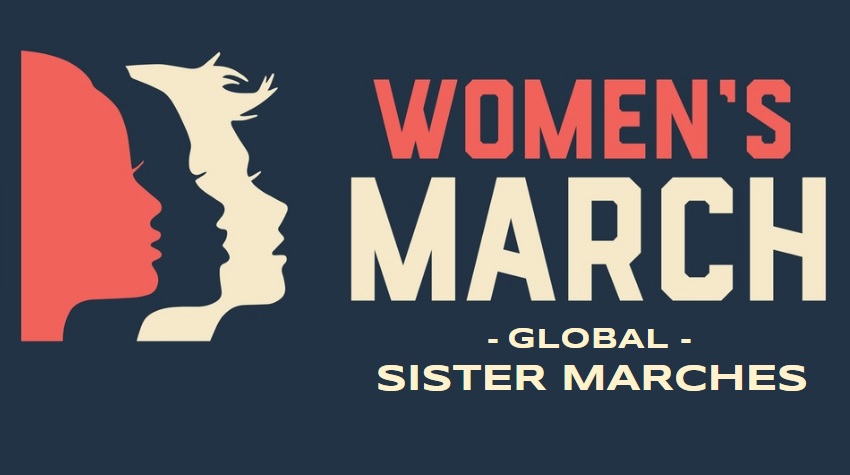
"Sister Marches" refer to a phenomenon where coordinated marches or demonstrations occur simultaneously across multiple locations in solidarity with a primary event. This concept gained significant prominence during the Women’s March of January 21, 2017, a global movement advocating for gender equality, human rights, and social justice. The primary march in Washington D.C. inspired and was simultaneously accompanied by hundreds of other "Sister Marches" around the world.
Origin and Impact
The idea of Sister Marches originated from the need to involve those who could not travel to the main event location but still wished to show their support and raise awareness on important issues. These marches provided a platform for millions of people worldwide, emphasizing a collective stand against inequality and discrimination while promoting civil rights, environmental concerns, and women's rights.
Organization and Scope
Sister Marches are typically organized by local volunteers or organizations who coordinate with the main event's organizers to maintain a unified message and goals. These marches ensure inclusivity, allowing participation from diverse groups and communities. The 2017 Women’s March, for instance, saw an estimated five million people participating globally, making it one of the largest coordinated protest events in recent history.
Themes and Messages
While Sister Marches often support the primary event’s themes, they can also highlight specific issues more relevant to their local or national context. For example, while the Women's March was centrally focused on issues like reproductive rights and immigration, marches in different countries might have emphasized local issues such as indigenous rights or regional policies impacting women.
Legacy and Continuation
The concept of Sister Marches has become a blueprint for international activism. It showcases the power of grassroots organizing and the impact of synchronized global action. Following the Women’s March, the idea of Sister Marches has been adopted for various causes, such as climate change rallies, pride marches, and other human rights demonstrations.
Digital and Future Perspectives
With the rise of digital platforms, Sister Marches have also found a virtual counterpart where people can participate in digital rallies or social media campaigns if physical attendance is not possible. This adaptation ensures broader accessibility and participation, increasing the movement's reach and impact.
In conclusion, Sister Marches have redefined how global solidarity can be manifested. They underscore the power of collective voices and actions in advocating for change, making it clear that local actions can resonate on a global scale, driving significant socio-political movements.
